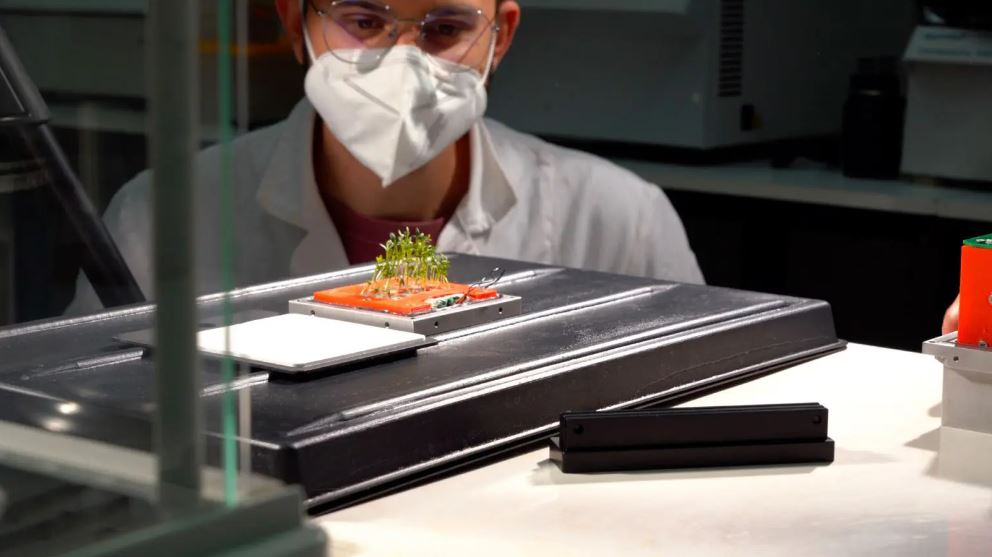(Sustainabilityenvironment.com) – Italian innovation without limits. A research group sends GREENCube, the first hydroponic space garden experiment six thousand kilometers from Earth, into orbit.
The micro garden measuring 30x10x10 cm has been designed by an entirely Italian team of which ENEA, Federico II University of Naples and Sapienza University of Rome, which has the role of project coordinator and is the holder of an agreement with the Italian Space Agency (ASI).
Hydroponic cultivation in a pressurized environment
GREENCube went into orbit with the inaugural flight of the new VEGA-C carrier of the European Space Agency (ESA), along with the scientific satellite LARES-2 (which will conduct studies in the field of general relativity and other theories of fundamental physics) and five other nano-satellites: the Italians AstroBio and ALPHA, the Slovenian Trisat-R and the two French MTCube-2 and Celesta.
The experimentation of hydroponics is a closed cycle, equipped with lighting, humidity and temperature controlled to adapt to the pressurized space environment and lasts twenty days.
With GREENCube it will be possible to measure the ability of selected microvegetables – in this case watercress – to live in extreme conditions and complete a growth cycle.
The satellite has two different units: the first contains the microvegetables, the system of cultivation and environmental control, the nutrient solution, the necessary atmosphere and the sensors; in the second unit there is the spacecraft management and control platform.
Cultivation on land and in orbit
In-orbit cultivation of GREENCube measures efficiency in terms of volume and consumption of energy, air, water and nutrients. At the same time, a ground cultivation takes place in a copy of the satellite to verify the effects of radiation, low pressure and microgravity on plants.
From the comparison between the results of the two experiments it will be possible to evaluate the behavior of microvegetables in situations of extreme stress and their growth capacity: an interesting result to evaluate the possibility of having fresh food in space missions thanks to hydroponics.
Luca Nardi of the ENEA Biotechnology Laboratory explains: “Space research is focusing on the development of bioregenerative systems to support life in space“.
Balanced nutritional intake
Plants play a key role as a source of fresh food to supplement pre-packaged food rations and ensure a balanced nutritional intake, critical for human survival in harsh environmental conditions.
Small soil-free hydroponic plants such as GREENCube can play a key role in meeting the food needs of the crew, minimising operating time and avoiding contamination, thanks to automated control of environmental conditions.
Read also Welcome aboard Space Neptune, the first carbon-neutral spaceship
Nardi also stresses the fact that plant organisms convert carbon dioxide into edible biomass and regenerate valuable resources such as air, water and mineral nutrients.
In addition, “the psychological benefit to the crew, resulting from the cultivation and consumption of fresh vegetables that recall the familiarity of habits and terrestrial environments to cope with the psychological stress to which the astronauts are subjected, due to the isolation conditions in a totally artificial environment“.
Development of new technological capabilities
Fabio Santoni, of the Department of Astronautical, Electrical and Energy Engineering of La Sapienza, points out that “GREENCube is part of the development of a series of university nanosatellites, developed to meet the growing need for rapid and economic access to space by the scientific community. Currently our laboratory has two other satellites in orbit and is carrying out two more as part of other initiatives. The GREENCube mission will allow us to further develop our technological capabilities, allowing us to test in orbit new data acquisition and communication systems and an electric propulsion system. We are grateful to the Italian Space Agency that supports us in these activities”.

